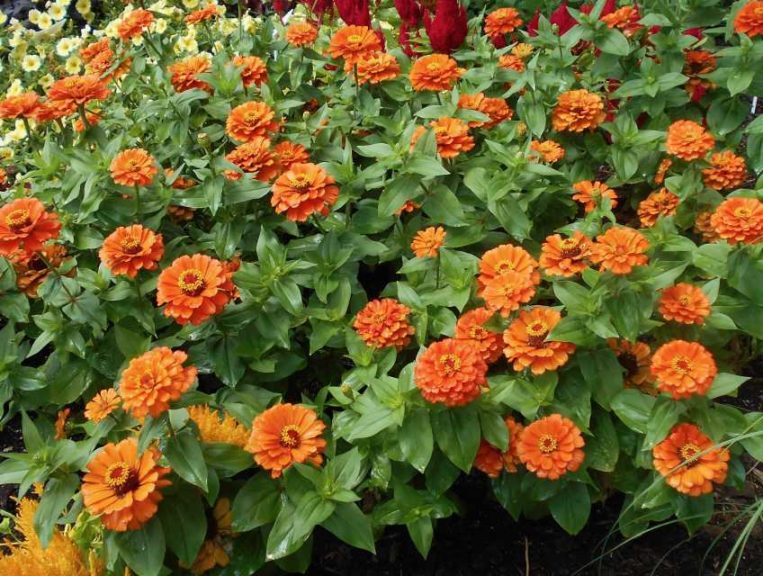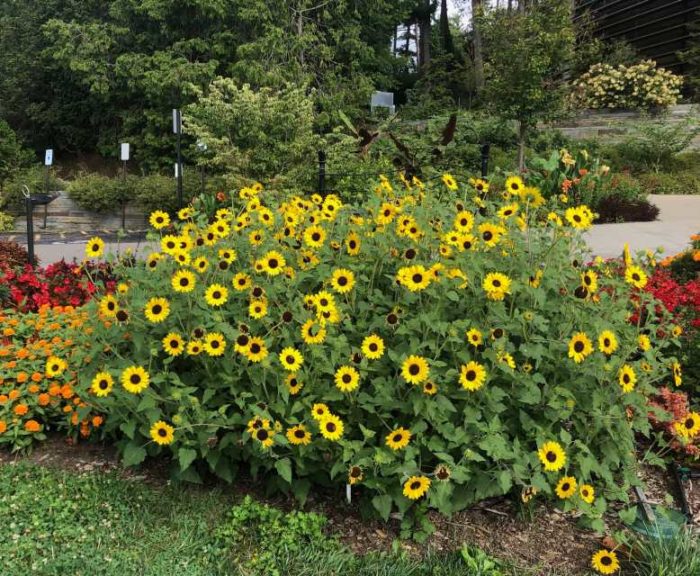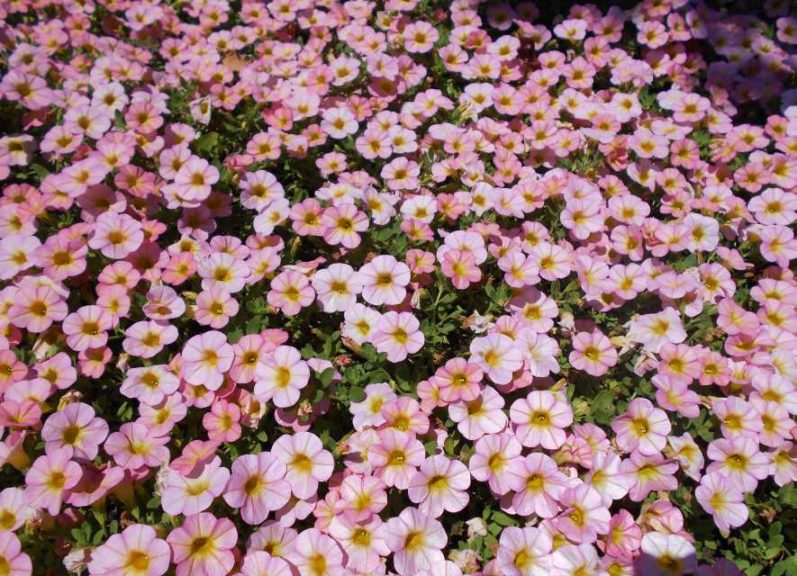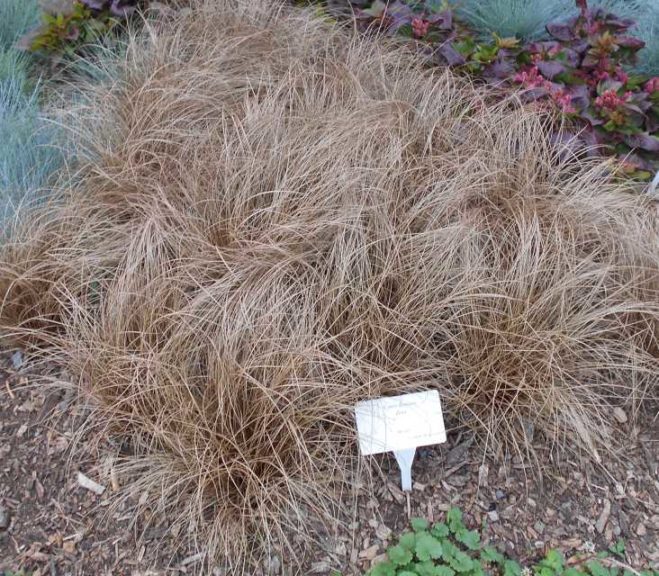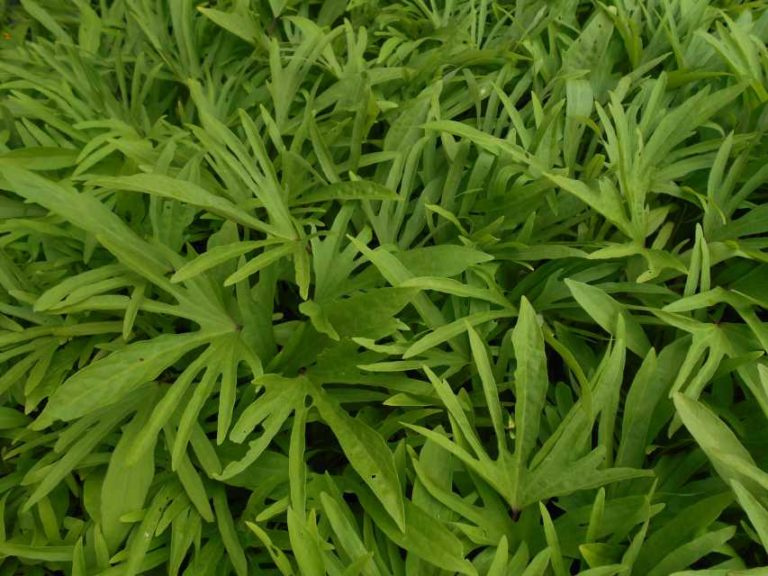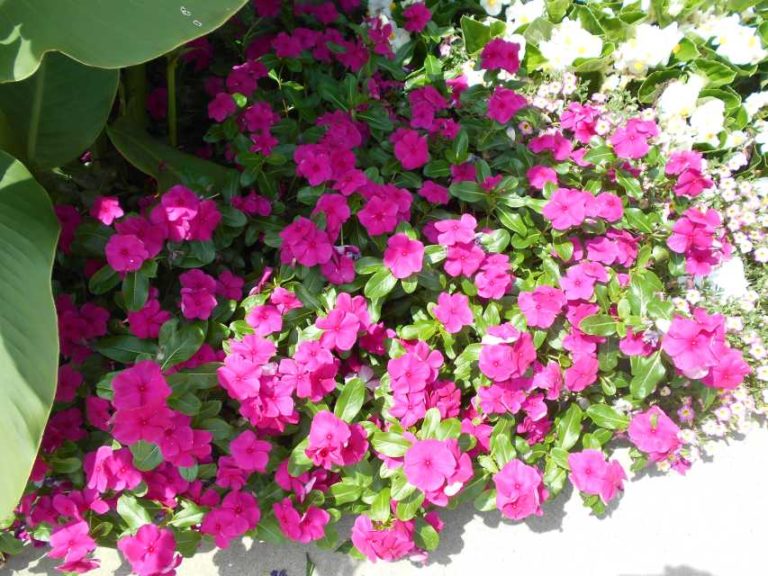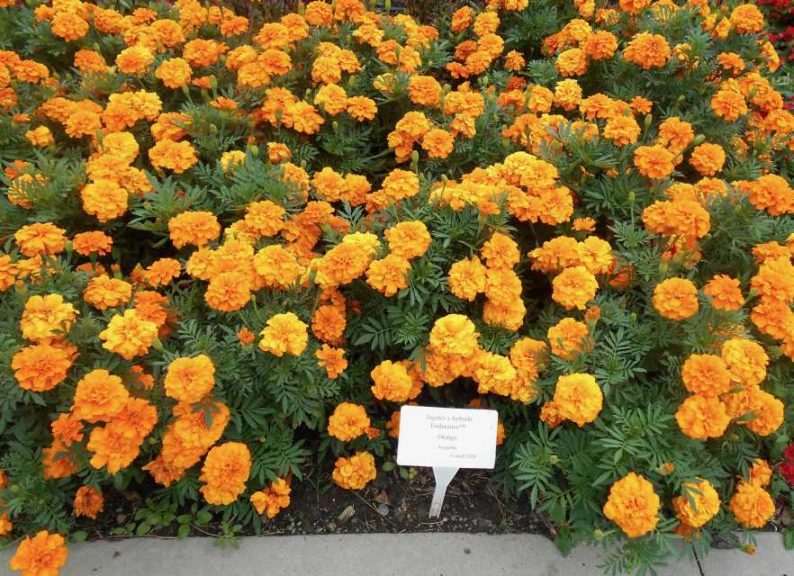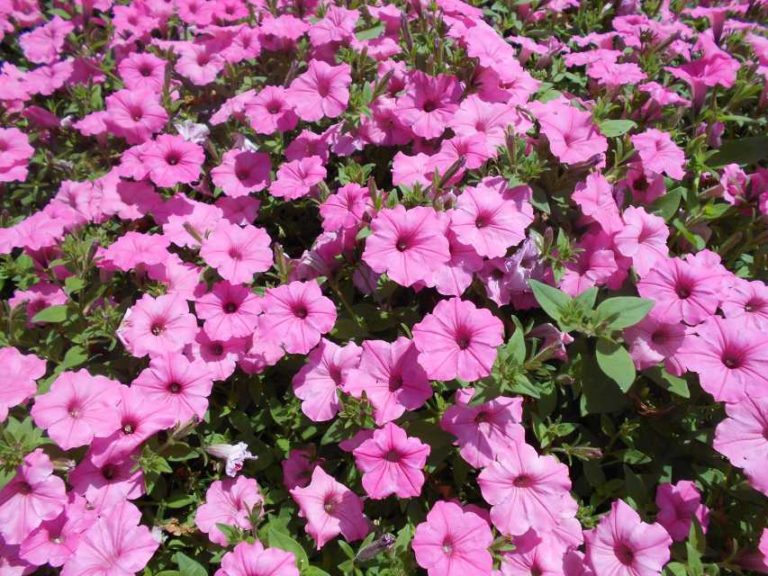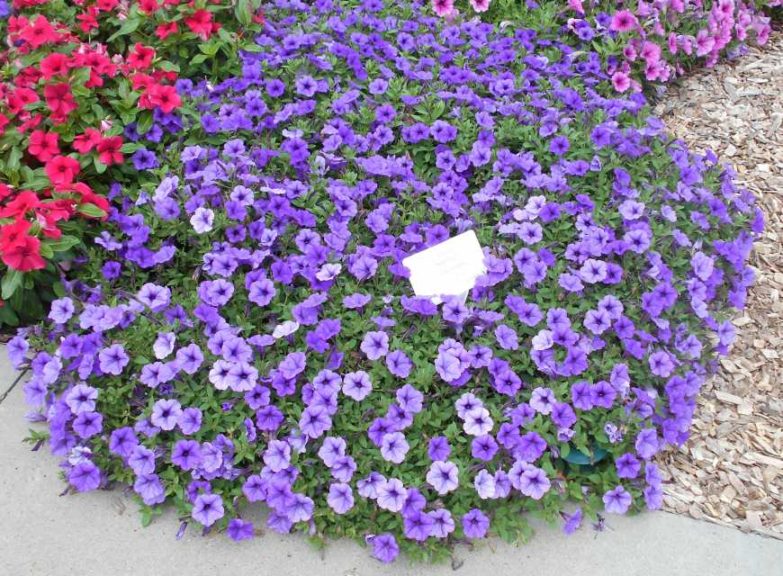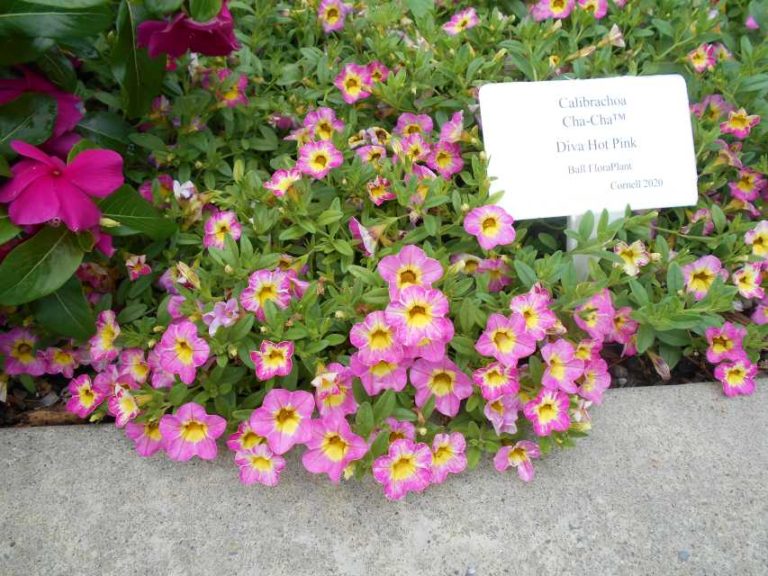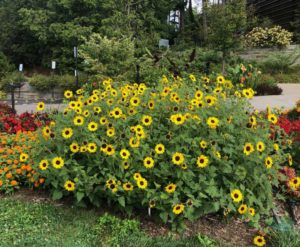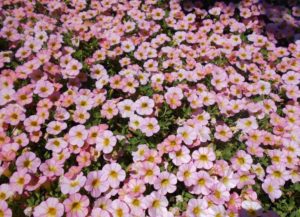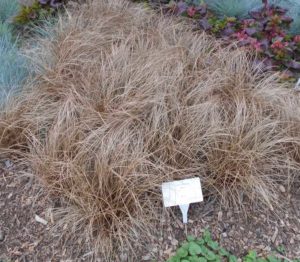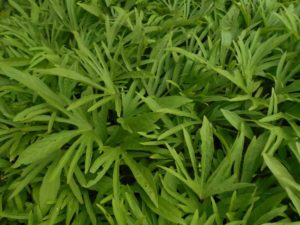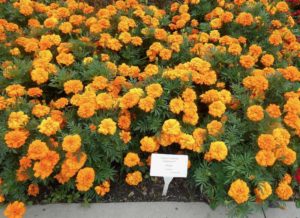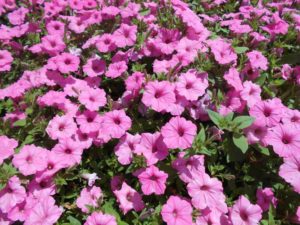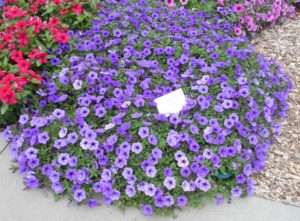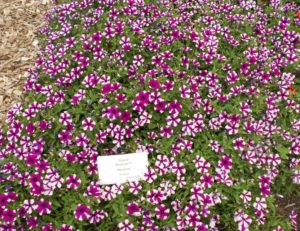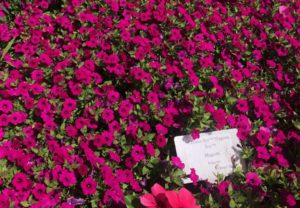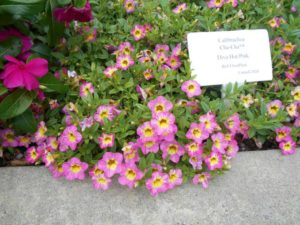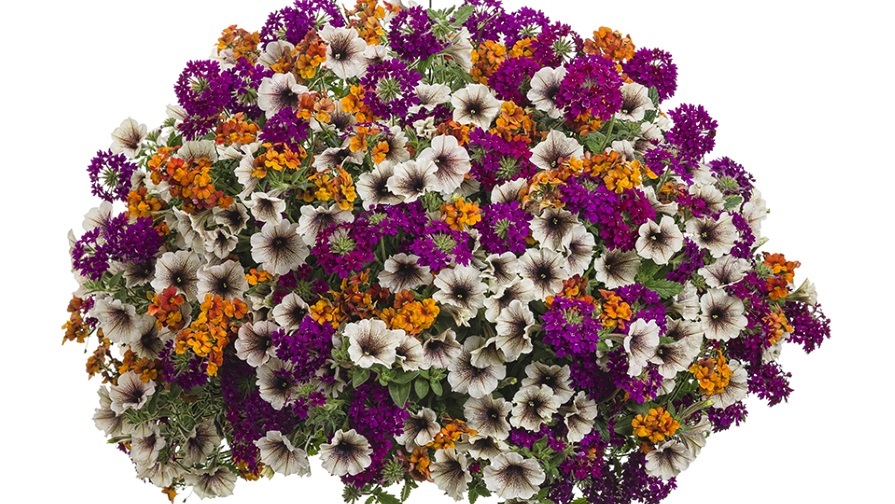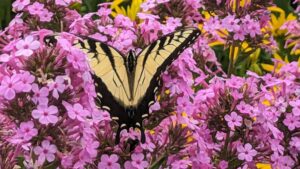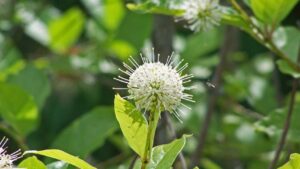Top Performers and Favorites From Cornell University’s 2020 Annual Flower Trials
It probably goes without saying that 2020 was a challenging year for ornamentals field trials. With all the uncertainty in early spring, Kendra Hutchins, Research Support Specialist in the School of Integrative Plant Science and Cornell University Annual Flower Trials Program Manager, says Cornell nearly did not have a trial season at all.
“However, we were extremely pleased to have been able make it happen despite the difficulties,” Hutchins says. “We had above-average temperatures and below-average precipitation for most of the summer. July in particular was extremely hot and dry. Our new drip irrigation system helped to alleviate some of our watering concerns, but we had to water a lot more heavily this year than in past years. On the whole, and given the circumstances, we had a mostly successful trial season.”
The pandemic affected virtually every aspect of trialing this year, Hutchins says, primarily because it severely limited staffing resources.
“Relying as we do on student support, we were hit hard in March when all of our students were sent home, and staffing was limited to essential personnel,” Hutchins says. “Because of my role as a Research Support Specialist in two different labs, I was considered essential and could therefore continue to work. We decided to proceed with the trials under the assumption that the project would be approved (all research work had to go through an approval process) and that we would eventually have student help. There were a lot of ups and downs during the approval process, and at several points we thought we may not be able to continue. In the end, we were approved, but I didn’t have student help until June 1, the week of planting. I had personally potted up every single plant that went into the trials this year, so I was very happy we were able to get them in the ground.”
There were a few greenhouse challenges this year as well. In March, greenhouse staff went into a biweekly rotation schedule with significantly reduced hours. While they continued to care for the plants, it meant that they had to rely on shading longer into the season than they normally would have in order to keep things from drying out after they left for the afternoon. This resulted in stretching of some plants (particularly some that were started a bit too early), and the team had to pull some plants from the trials for that reason.
There are a few things Hutchins says she learned from the experience.
“Probably the most important one is not biting off more than I can chew. Hindsight is 20/20 (no pun intended), but I wish I had had the foresight to have limited the number of trial entries this year, and to have focused on quality and continuity over accepting every entry,” Hutchins says. “We were supposed to have cut a new bed this year to accommodate an increase in trial entries, but because we didn’t have the staff to do that, we had to make use of other beds that were not ideal.”
While visitorship was nowhere near normal at the trial site at the Cornell Botanic Gardens, there were still thousands of visitors over the course of the summer, and Hutchins says it was deeply satisfying to have grown and established these plants in a location where they provided a bright spot of color during what felt like a very bleak and uncertain time.
In terms of where field trials may be headed in the future, Hutchins says she thinks regional field trials will continue to be important, particularly as climate change and shifting weather patterns continue.
“We had an unusually dry year this year which was reminiscent of the drought we had just a few years ago – and drought is not something Ithaca is known for,” Hutchins says. “I can’t predict what the conditions will be ten years from now, but I would not be at all surprised if things are quite a bit different than they have been historically. As this happens, local gardening needs are going to change, and the industry will need to respond to that; it will still be important to trial new genetics (and old genetics that may need improvement) as conditions change.”
Top Flowering Performers
- Vinca ‘Valiant Magenta’ (PanAmerican Seed)
- Petunia hybrida ‘Itsy Magenta’ (Syngenta Flowers)
- Petunia hybrida ‘Shortcake Blueberry’ (Syngenta Flowers)
- Petunia ‘Supertunia Indigo Charm’ (Proven Winners)
- Tagetes x hybrida ‘Endurance Orange’ (Syngenta Flowers)
- Petunia hybrida ‘Dekko White, Improved’ (Syngenta Flowers)
- Petunia ‘Supertunia Mini Vista Pink Star’ (Proven Winners)
- Petunia ‘Supertunia Vista Bubblegum’ (Proven Winners)
- Petunia ‘Bee’s Knees’ (Ball FloraPlant)
- Tagetes x hybrida ‘Endurance Sunset Gold’
- Calibrachoa ‘Cha-Cha Diva Hot Pink’ (Ball FloraPlant)
Top Foliage Performers
- Carex comans ‘Zora’ (Ernst Benary)
- Ipomoea ‘Sweet Caroline Medusa Green’ (Proven Winners)
- Coleus ‘FlameThrower Sriracha’ (Ball FloraPlant)
- Ipomoea ‘Sweet Caroline Raven’ (Proven Winners)
- Ipomoea ‘Illusion Emerald Lace’ (Proven Winners)
- Solenostemon ‘ColorBlaze Royale Cherry Brandy’ (Proven Winners)
- Coleus ‘Dragon Heart’ (Ball FloraPlant)
- Festuca valesiaca var. glaucantha (Ernst Benary)
- Colocasia ‘Heart of the Jungle’ (Proven Winners)
Trial Manager’s Favorites
- Zinnia ‘Holi Orange’ (Ameriseed)
- Helianthus ‘Suncredible Yellow’ (Proven Winners)
- Osteospermum ‘Bright Lights Double Moonglow’ (Proven Winners)
- Calibrachoa ‘Superbells Honeyberry’ (Proven Winners)




